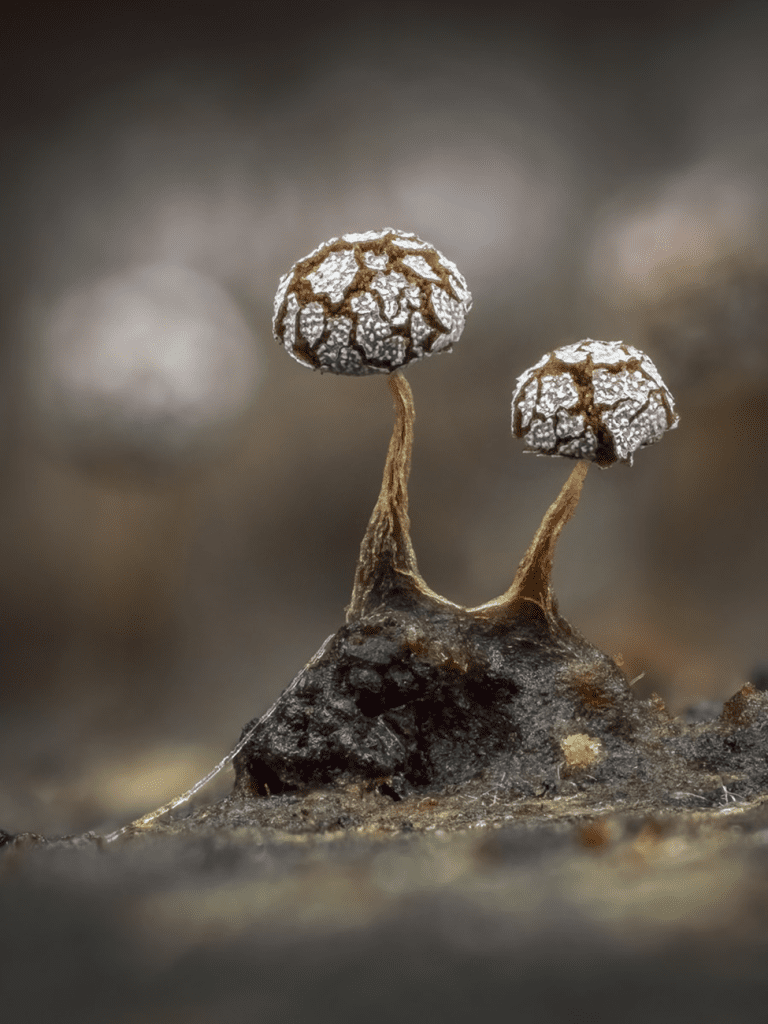Check Out These Beautiful Images Of Slime Molds
There are over 90 species of slime mold. Slime mold was previously thought to be fungi essential for breaking down dead vegetation. Because it has many species, the slime mold has a rich diversity that captures the attention of folks like Barry Webb.

Barry Webb is a notable photographer who became popular for taking fungi photos and other unique shots. He did that for many years before coming across slime mold. He hasn’t fully recovered from the newfound love for slime mold photographs that started about two years ago.
Webb uses his macro photography in hopes of bringing fascinating organisms to life and allowing every person a taste of the wild experience. The photos draw his audience into a world of fascinating organisms.
He confesses that the diversity of color and form of slime molds have increased his obsession with the search for new species to snap.
His obsession pays as more people interact with a wide variety of nature’s unique gifts. Slime molds attract diverse audiences with different tastes thanks to their translucent amorphous shapes and colorful spheres.
Scientists have been fascinated by slime molds as they try to understand their feeding and survival techniques. Slime molds feed on yeast, bacteria, and fungi, with each amoeba cell adapted to finding food and forming large masses to engulf vegetation.
The slime molds produce spores dispersed by wind or animals to new habitats.

You may never notice slime mold all your life when walking in the forests or in your yard. Webb’s macro photos prove the need for additional attention toward slime molds. More of Webb’s photos are available on his Instagram, where you’ll find photos of his latest findings. You can make a print request through his website.
